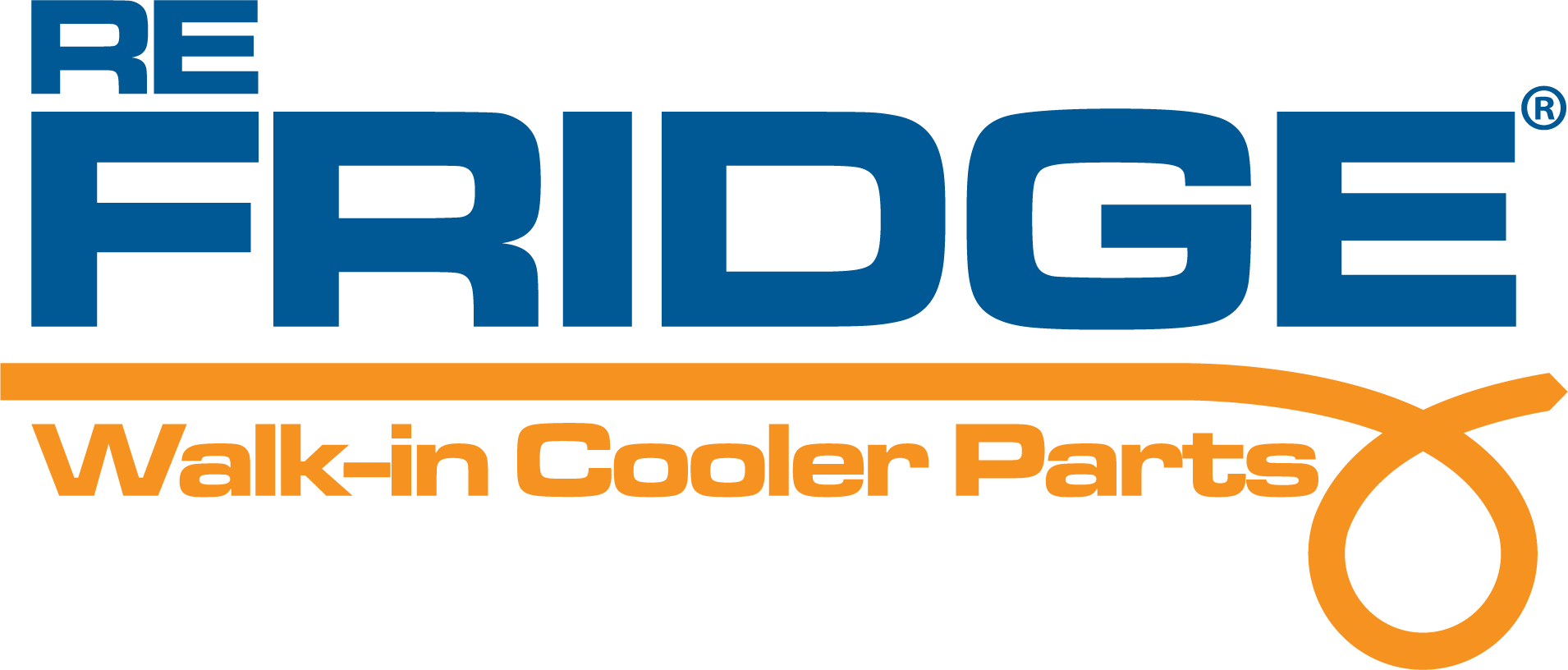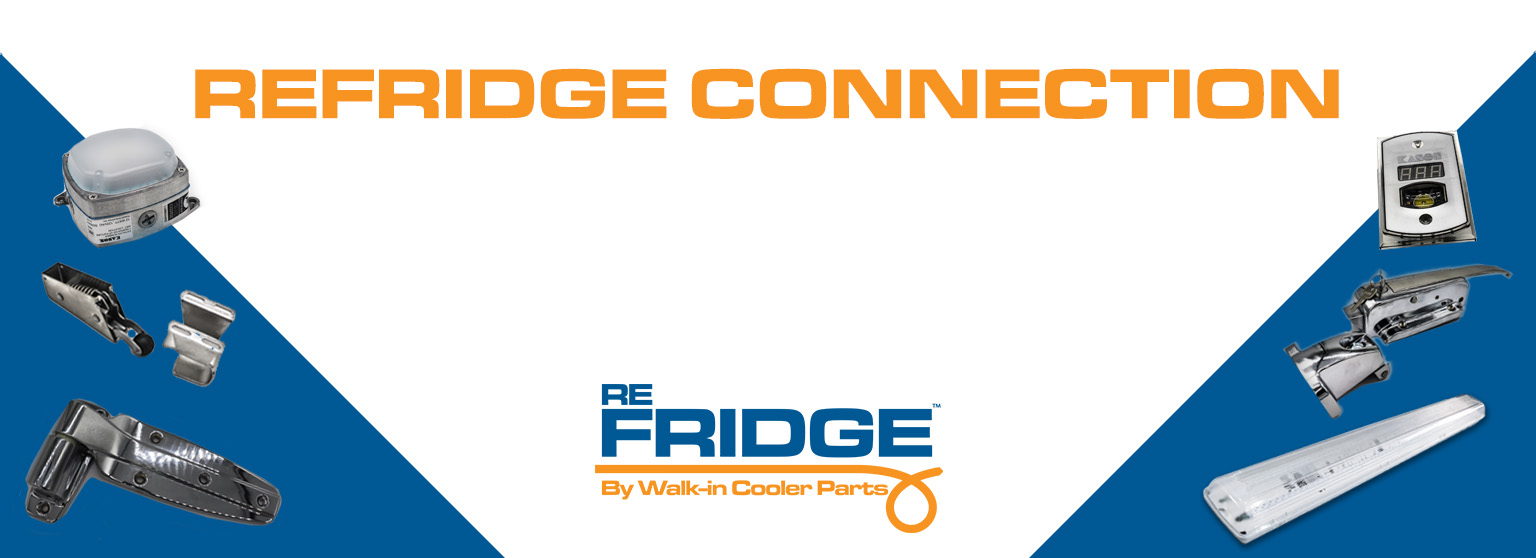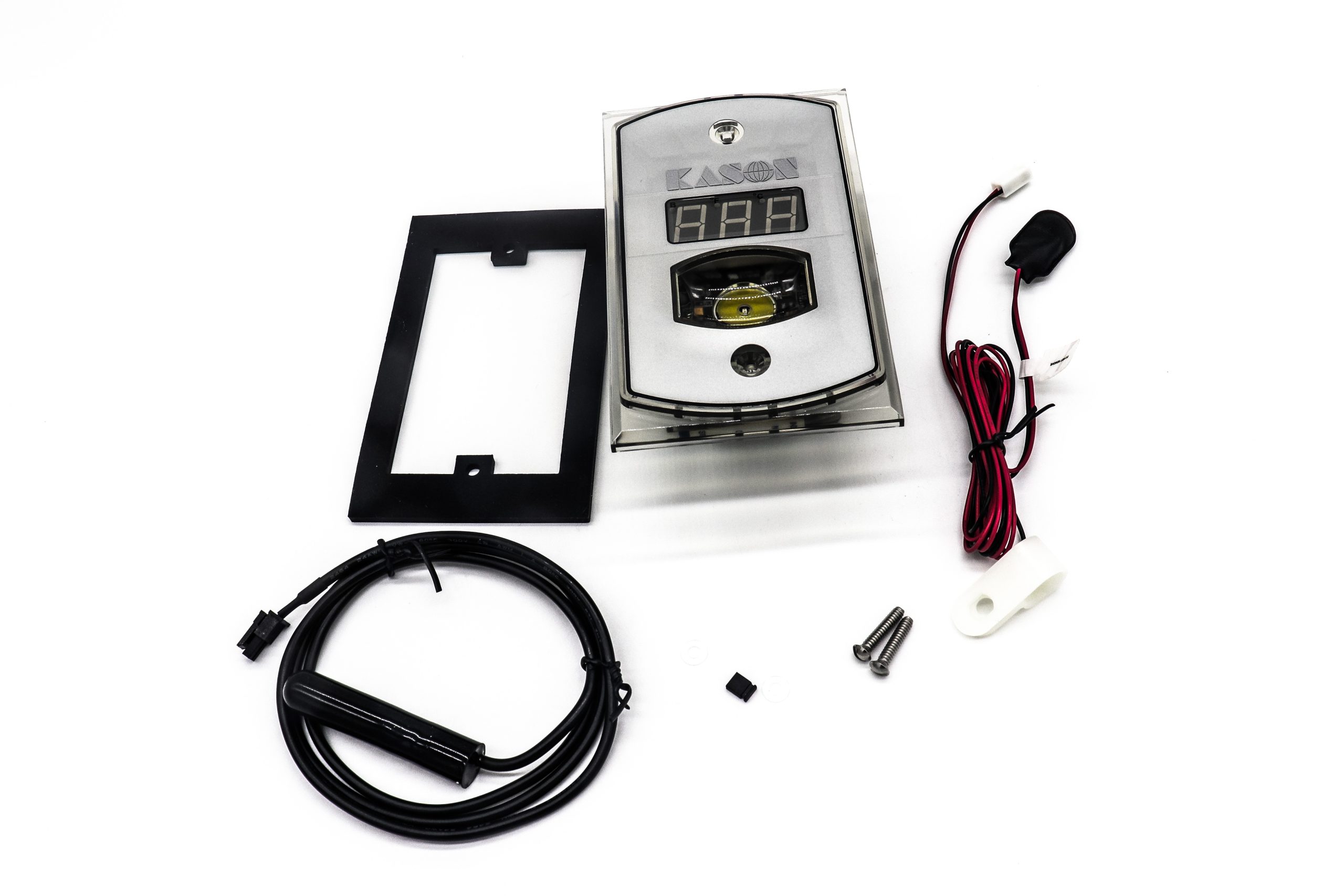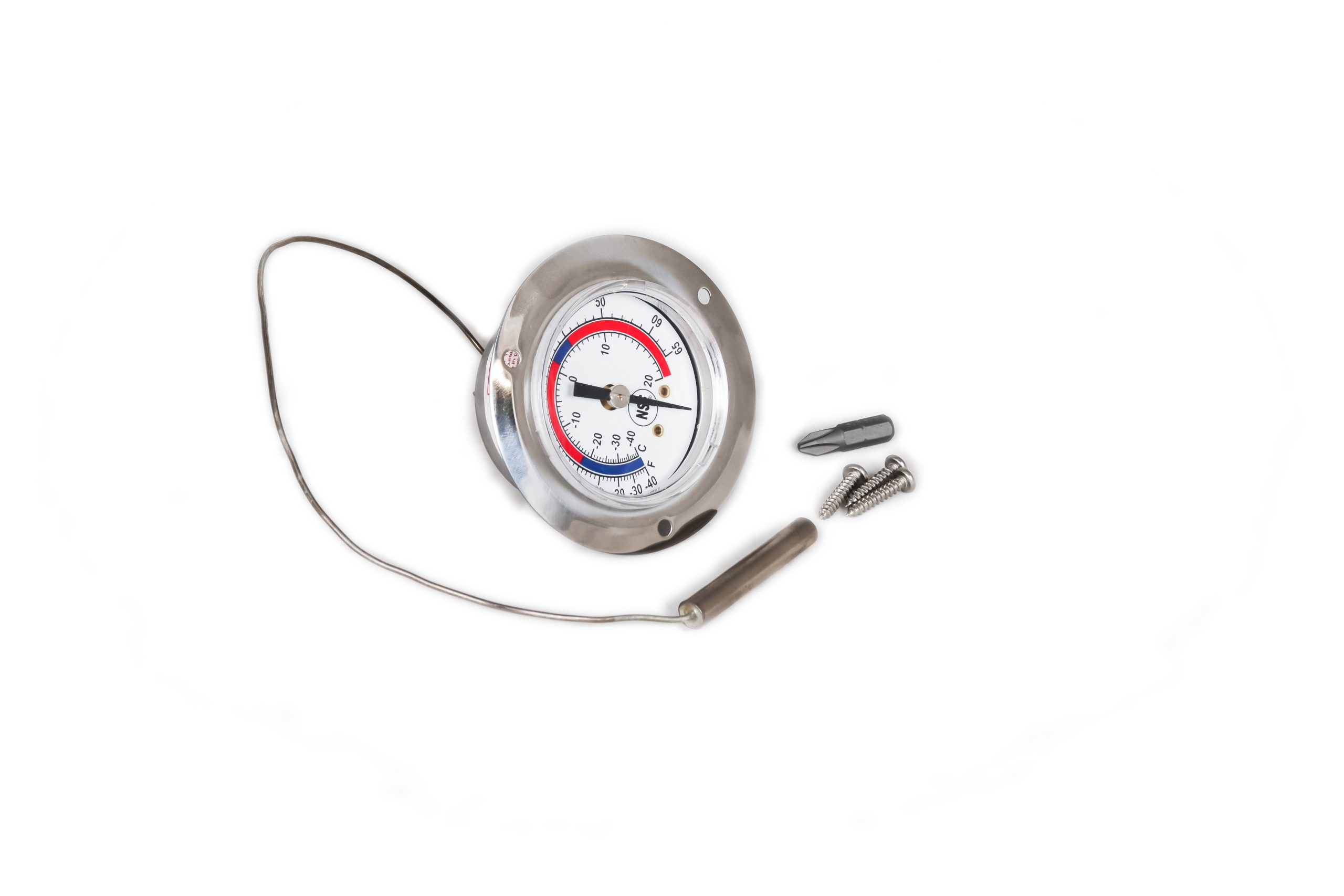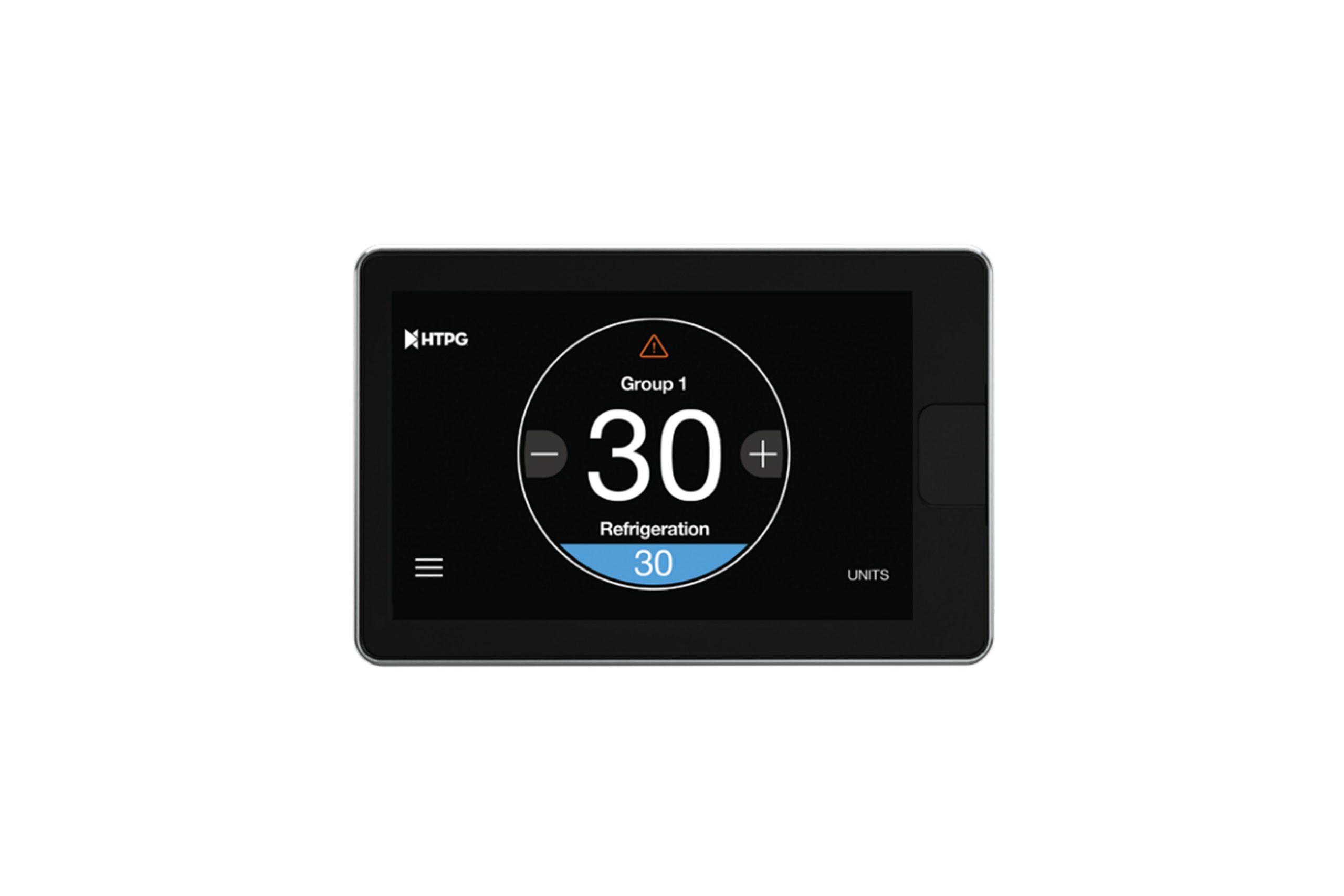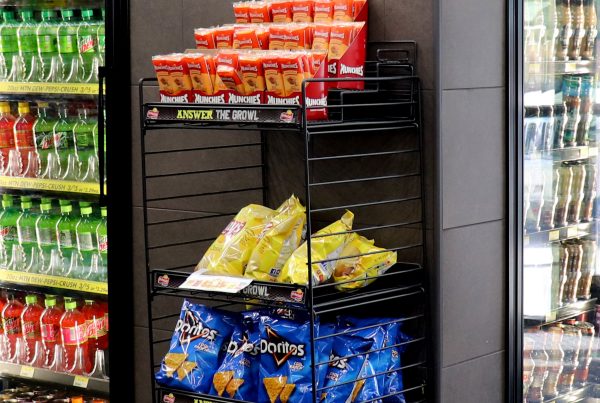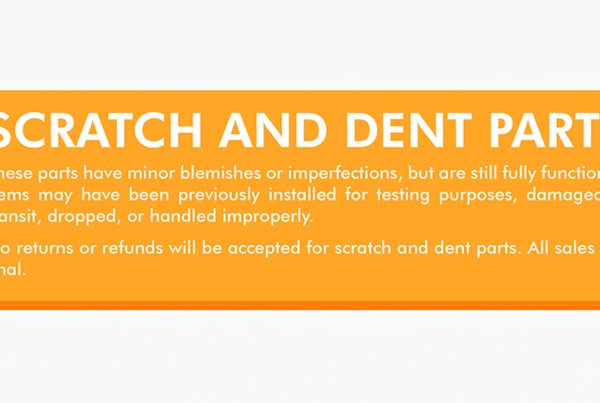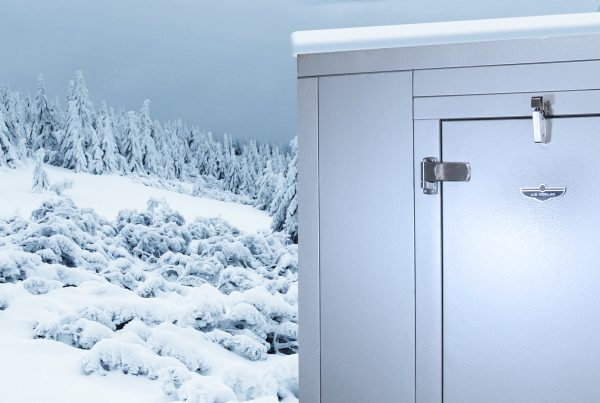
When it comes to food storage, precise temperature control is the unsung hero of the culinary world. The heart of this control system is the trusty thermometer, particularly in the context of walk-in coolers and freezers. In this article, we’ll explore the significance of maintaining the proper temperature in these storage units, the role of thermometers in ensuring food safety, the importance of regular updates, and the necessity of periodic testing.
The Goldilocks Zone: Proper Temperature in Walk-In Units
To ensure food safety and quality, it’s vital to maintain the right temperature in your walk-in cooler or freezer. Operating outside the safe temperature range can lead to spoilage, increased food waste, and even health hazards. Here are the recommended temperature ranges:
Walk-In Coolers: Ideally, the temperature should be maintained between 32°F (0°C) and 40°F (4.4°C). This prevents bacterial growth while keeping your fresh produce and perishables crisp and safe.
Walk-In Freezers: Temperatures should be set at 0°F (-18°C) or lower. This range ensures that frozen items stay properly preserved and safe for consumption.
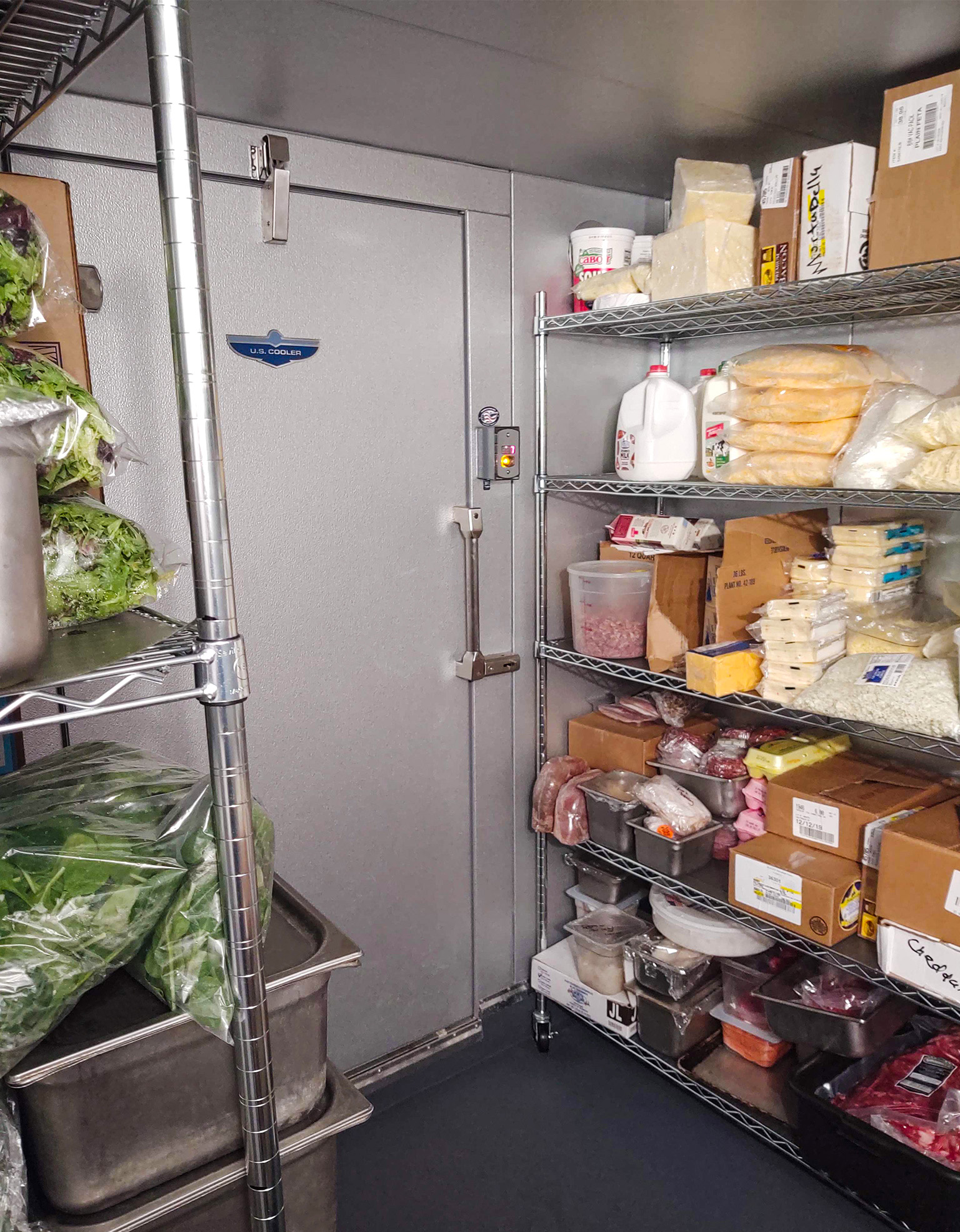
The Crucial Role of Thermometers
Food Safety: Thermometers act as sentinels, guarding your inventory against potential bacterial growth. They ensure that food products remain within safe temperature limits.
Regulatory Compliance: Health and safety regulations mandate that foodservice establishments maintain specific temperatures in their storage units. Accurate thermometers are essential for regulatory compliance and passing inspections.
Energy Efficiency: An accurate thermometer allows you to monitor and control temperature effectively, reducing energy consumption and operating costs.
Updating Your Thermometer
Even the most reliable thermometers can lose accuracy over time due to wear, temperature fluctuations, and minor mishaps. Here’s why updating your thermometer is crucial:
Accuracy Matters: To ensure that you’re consistently storing food at the correct temperatures, choose a high-quality replacement thermometer. For walk-in coolers and freezers, consider specialized models like the MILJOCO Walk-In Cooler Replacement Dial Thermometer.
Proper Installation: Follow manufacturer guidelines when installing your new thermometer, ensuring it’s in a location that provides an accurate reading of the unit’s ambient temperature.
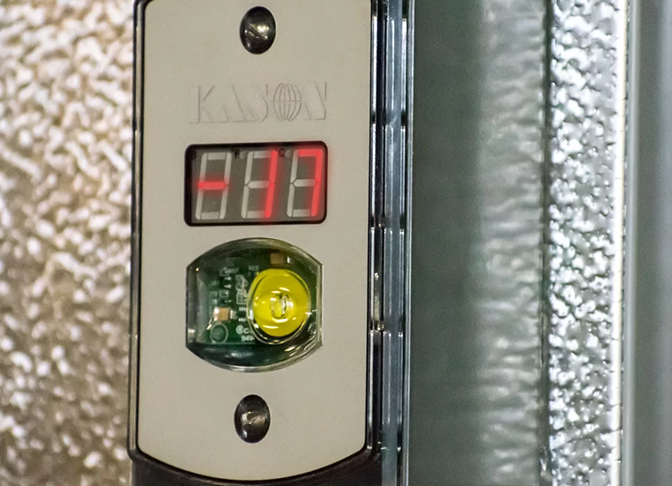
Testing Your Thermometers
Owning an accurate thermometer is only part of the equation; you must also verify its precision through regular testing. Here’s how:

Ice-Water Test: Fill a glass with crushed ice and add a small amount of water. Stir the mixture well and let it sit for a few minutes. Insert your thermometer into the glass without touching the sides. The thermometer should read 32°F (0°C) in the ice-water mixture. If it doesn’t, it may require calibration or replacement.
Calibrate as Needed: If your thermometer is off by a few degrees, consider calibrating it using the appropriate adjustment screw, if available. If calibration isn’t possible, it’s time to replace the thermometer.
Different Types of Thermometers
Whether you need to monitor the temperature of your walk-in cooler or freezer, you want a thermometer that is reliable, accurate, and easy to use there many options available:
Digital thermometers like the Miljoco Walk-in Cooler Solar Digital Thermometer and the Kason 1967-A3 Digital Thermometer 1967-A3 Dual Temperature Display Touch Light Switch Kason 1967-3 offer quick and precise readings, as well as features such as backlight, alarm, and dual display. They are ideal for situations where you need to check the temperature at a glance or from a distance.
Dial thermometers like the Miljoco Walk-In Cooler Dial Thermometer provide dependable analog accuracy, as well as durability and resistance to moisture and corrosion. They are suitable for situations where you need a simple and sturdy thermometer that does not require batteries or wiring.
No matter what type of thermometer you choose, you can be sure to find the best quality and price at ReFridge, where we have a wide selection of thermometers and other parts for your walk-in cooler or freezer.
Conclusion
maintaining the proper temperature in walk-in coolers and freezers is paramount for food safety and quality. Accurate and reliable thermometers are your allies in this endeavor. Regularly updating and testing your thermometers should be a standard practice, ensuring that your culinary creations stay perfectly preserved, every time.
